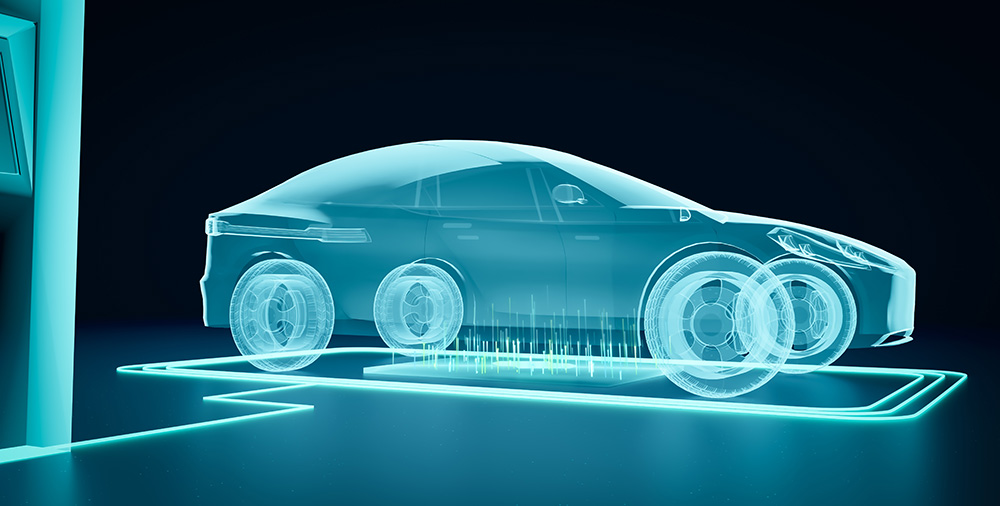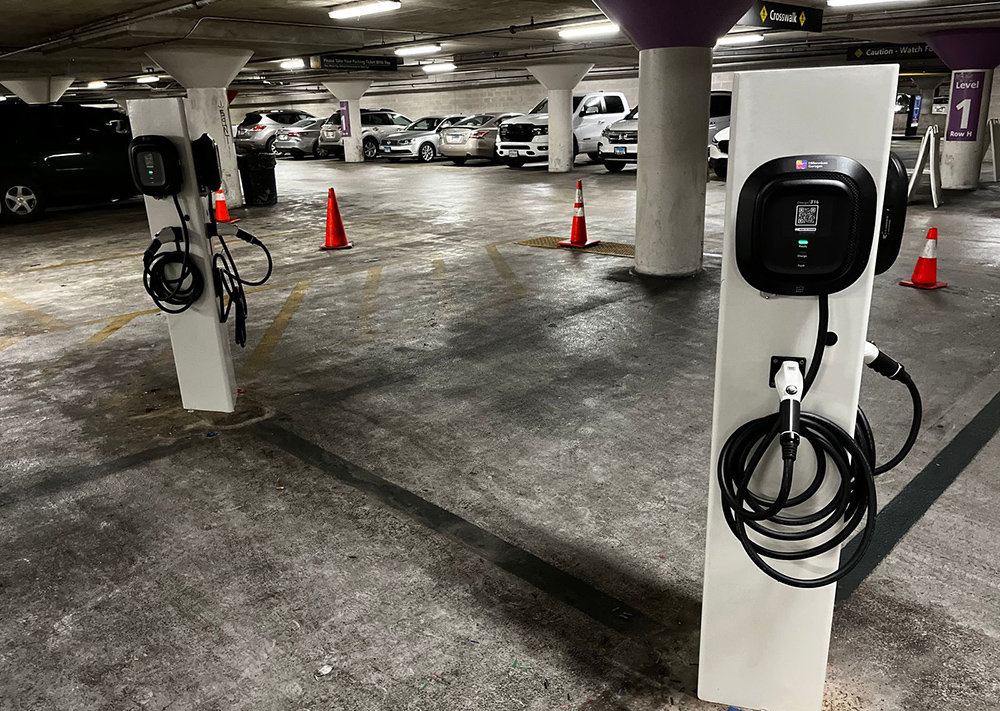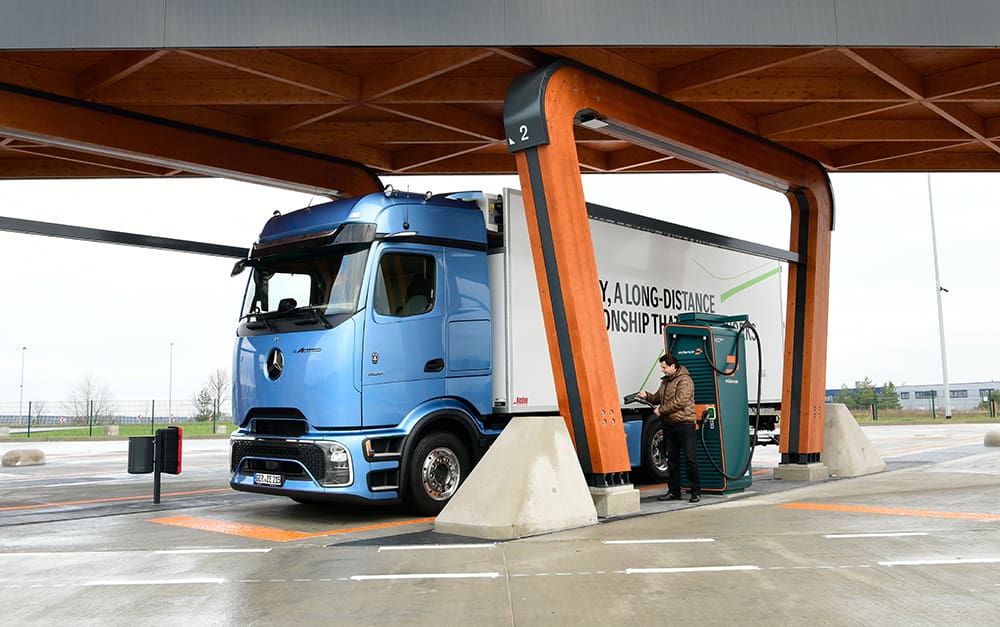The coming generation of electric, autonomous vehicles promises to make transportation safer, more convenient and greener. However, these benefits won’t be fully realized unless users make the transition from private car ownership to a shared mobility model.
That’s the conclusion of a new report, “Three Revolutions in Urban Transportation,” from a team at the University of California, Davis, and the nonprofit Institute for Transportation & Development Policy.
“While vehicle electrification and automation may produce potentially important benefits, without a corresponding shift toward shared mobility and greater use of transit and active transport, these two revolutions could significantly increase congestion and urban sprawl, while also increasing the likelihood of missing climate change targets,” write Lew Fulton and colleagues. “In contrast, by encouraging a large increase in trip sharing, transit use, and active transport through policies that support compact, mixed-use development, cities worldwide could save an estimated $5 trillion annually by 2050.”
The new report builds on the conclusions of a much-discussed recent report from research group RethinkX, which projects that within 10 years of regulatory approval of driverless vehicles, 95% of US passenger miles traveled will be served by on-demand autonomous EVs – a business model called Transport as a Service (TaaS).
The “three revolutions” of the new report’s title refer to electrification, autonomy and new ownership models, and it’s important that all three take place together. If drivers embrace electric, self-driving cars, but insist on owning their own (the “2R scenario”), then vehicle travel will increase, and emissions reductions will depend on the extent to which the world’s electricity production shifts to renewables. “If the world’s electricity production is not completely decarbonized by 2050, this scenario may produce more CO2 emissions in 2050 than is consistent with targets to limit global temperature rise to 2° C.”
An autonomous-vehicle world without electrification (i.e. using ICEs) and without vehicle sharing would not cut CO2 emissions at all by 2050. Again, vehicle travel would increase, but the superior efficiency of AVs would keep the total level of energy use and CO2 emissions close to today’s levels.
The “3R scenario,” a world of shared, electric autonomous vehicles, “has the potential to deliver an efficient, low-traffic, low-energy, and low-CO2 urban transport system around the world. In this scenario, the widespread adoption of on-demand travel with substantial ride sharing, along with greater use of public transport, cycling, and walking, reduces car travel by well over half in 2050, and the number of cars by nearly three quarters.”
Source: UC Davis via Green Car Congress

















































































